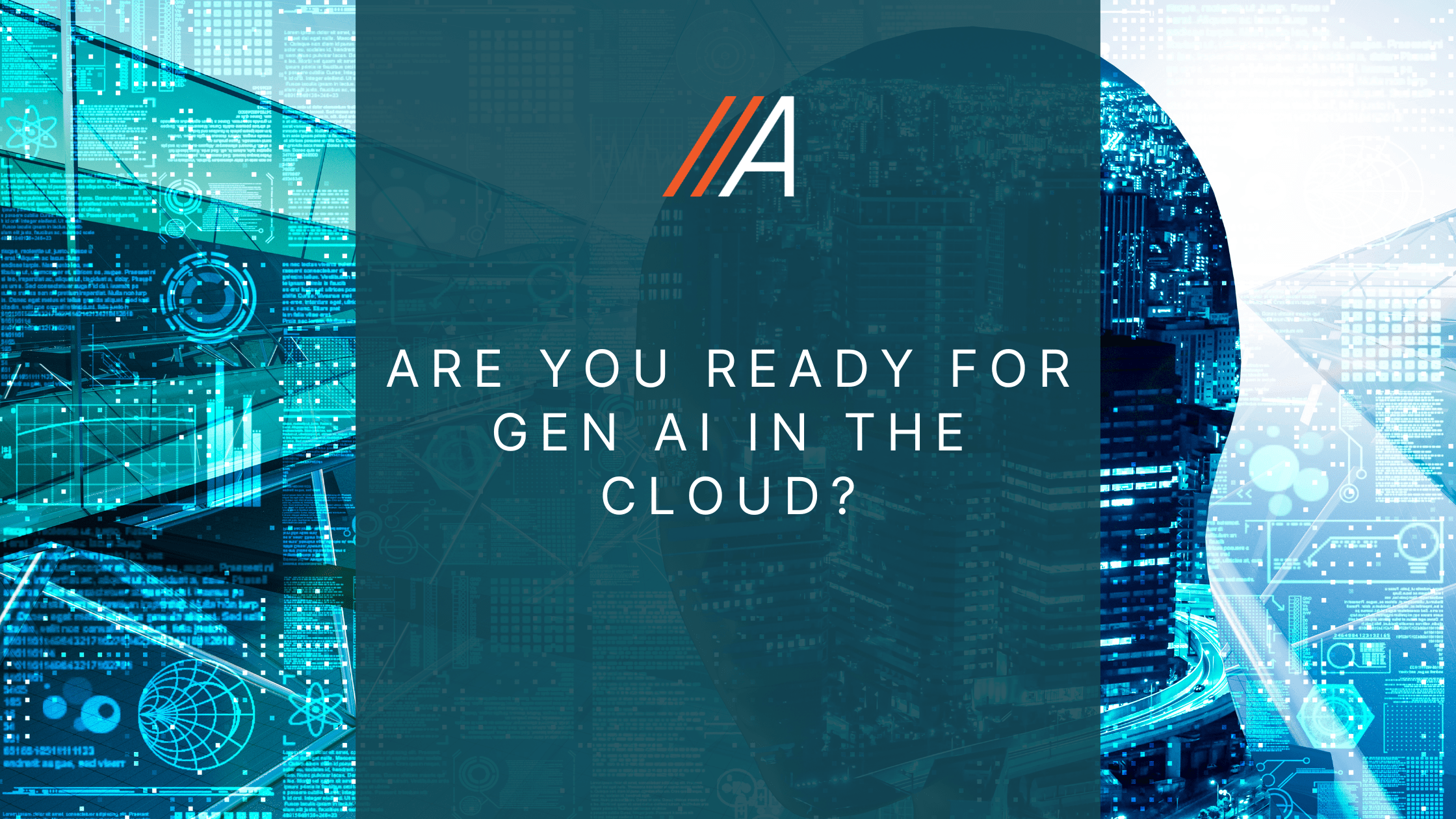How can your organization prepare for Gen AI? Gen AI, with its ability to generate human-like text, images, and even code, is poised to revolutionize various industries. However, to fully leverage its potential, it’s crucial to have a robust data architecture in place. Let’s explore how AWS data architecture and data lakes can set the foundation for successful Gen AI implementation in the cloud.
Understanding Gen AI
Generative AI refers to algorithms that can create new content, including text, audio, and images. This technology relies on advanced machine learning models, such as OpenAI’s GPT-4, which require substantial computational power and large datasets for training and fine-tuning. The cloud, with its scalable resources and advanced data management capabilities, is the ideal environment for deploying Gen AI solutions.
The Importance of Data Architecture
A solid data architecture is the backbone of any successful Gen AI project. It ensures that data is collected, stored, processed, and managed efficiently. Here’s why it’s essential:
- Data Volume and Variety: Gen AI models thrive on diverse and extensive datasets. A well-structured data architecture can handle vast amounts of structured and unstructured data, providing the necessary fuel for AI models.
- Data Quality: High-quality data is crucial for training accurate AI models. Implementing data governance and management practices within your data architecture ensures that data is clean, consistent, and reliable.
- Scalability: As your AI models evolve, so will your data requirements. A scalable data architecture allows you to expand your data storage and processing capabilities seamlessly.
Leveraging AWS Data Architecture
AWS offers a comprehensive suite of tools and services to build and manage an efficient data architecture. Here are some key components:
- AWS Data Lakes: AWS Lake Formation simplifies the process of setting up a secure data lake. It allows you to ingest, catalog, and clean data from various sources, providing a centralized repository for all your data. This data lake can then be used to train and deploy Gen AI models.
- AWS Glue: This fully managed ETL (Extract, Transform, Load) service helps prepare and transform your data for analysis. With AWS Glue, you can create efficient data pipelines that feed clean and structured data into your AI models.
- Amazon S3: Amazon Simple Storage Service (S3) is a scalable object storage service ideal for storing vast amounts of data. It integrates seamlessly with other AWS services, making it easy to store and retrieve data for your Gen AI projects.
- Amazon Redshift: For large-scale data warehousing, Amazon Redshift offers fast query performance and scalable data storage. It’s perfect for running complex analytics and generating insights from your data.
- Amazon Athena: This interactive query service allows you to analyze data directly in S3 using standard SQL. It’s a powerful tool for exploring and understanding your data without the need for complex data processing.
Preparing for Gen AI with AWS
To prepare for Gen AI in the cloud, follow these steps:
- Assess Your Data: Conduct a thorough audit of your data assets. Identify the sources, formats, and quality of your data. Determine what additional data you might need for your Gen AI projects.
- Build a Data Lake: Use AWS Lake Formation to set up a secure and scalable data lake. Ingest data from various sources and ensure it is cataloged and searchable.
- Establish Data Governance: Implement data governance policies to ensure data quality and compliance. Use AWS Glue to create data pipelines that clean and transform your data.
- Leverage AWS AI Services: Utilize AWS AI services like Amazon SageMaker for building, training, and deploying machine learning models. Amazon SageMaker provides the tools and infrastructure needed to develop Gen AI solutions efficiently.
- Monitor and Optimize: Continuously monitor your data architecture and AI models. Use AWS CloudWatch to track performance and optimize your resources.
Conclusion
Gen AI holds immense potential to transform industries and drive innovation. By leveraging AWS data architecture and data lakes, organizations can lay a strong foundation for successful Gen AI implementation in the cloud. Preparing your data infrastructure today will enable you to harness the power of generative AI and stay ahead in the rapidly evolving digital landscape.
At Aligned Technology Group, we are dedicated to helping organizations unlock the full potential of the cloud. Our expertise in AWS and advanced AI technologies ensures that your journey to Gen AI is seamless and successful. Contact us to learn more about how we can support your Gen AI initiatives.




